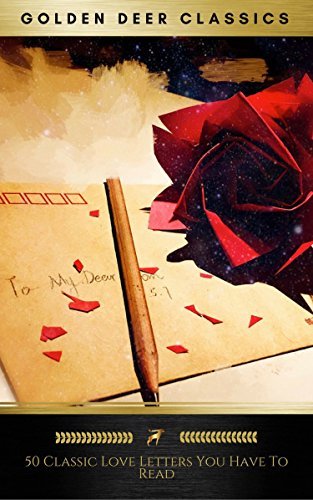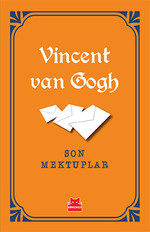
Vincent Willem van Gogh, for whom color was the chief symbol of expression, was born in Groot-Zundert, Holland. The son of a pastor, brought up in a religious and cultured atmosphere, Vincent was highly emotional and lacked self-confidence. Between 1860 and 1880, when he finally decided to become an artist, van Gogh had had two unsuitable and unhappy romances and had worked unsuccessfully as a clerk in a bookstore, an art salesman, and a preacher in the Borinage (a dreary mining district in Belgium), where he was dismissed for overzealousness. He remained in Belgium to study art, determined to give happiness by creating beauty. The works of his early Dutch period are somber-toned, sharply lit, genre paintings of which the most famous is "The Potato Eaters" (1885). In that year van Gogh went to Antwerp where he discovered the works of Rubens and purchased many Japanese prints. In 1886 he went to Paris to join his brother Théo, the manager of Goupil's gallery. In Paris, van Gogh studied with Cormon, inevitably met Pissarro, Monet, and Gauguin, and began to lighten his very dark palette and to paint in the short brushstrokes of the Impressionists. His nervous temperament made him a difficult companion and night-long discussions combined with painting all day undermined his health. He decided to go south to Arles where he hoped his friends would join him and help found a school of art. Gauguin did join him but with disastrous results. In a fit of epilepsy, van Gogh pursued his friend with an open razor, was stopped by Gauguin, but ended up cutting a portion of his ear lobe off. Van Gogh then began to alternate between fits of madness and lucidity and was sent to the asylum in Saint-Remy for treatment. In May of 1890, he seemed much better and went to live in Auvers-sur-Oise under the watchful eye of Dr. Gachet. Two months later he was dead, having shot himself "for the good of all." During his brief career he had sold one painting. Van Gogh's finest works were produced in less than three years in a technique that grew more and more impassioned in brushstroke, in symbolic and intense color, in surface tension, and in the movement and vibration of form and line. Van Gogh's inimitable fusion of form and content is powerful; dramatic, lyrically rhythmic, imaginative, and emotional, for the artist was completely absorbed in the effort to explain either his struggle against madness or his comprehension of the spiritual essence of man and nature.
Series
Books

Vincent van Gogh
A Self-Portrait in Art and Letters
2006

The Letters of Vincent van Gogh
1914

الرسائل الأخيرة
2023

Van Gogh and the Colors of the Night
2008

I miei quadri raccontati da me
2017

Complete Letters of Vincent Van Gogh - III vols
1958

The Healing Power of Nature
2022

Masters of Art - Vincent Van Gogh
2012

Van Gogh
500 Masterpieces in Color (Illustrated)
2011

For Art and for Life
2025

Van Gogh Drawings
44 Plates
1987

Van Gogh's Letters
The Mind of the Artist in Paintings, Drawings, and Words, 1875-1890
2006

Vincent Van Gogh
The Troubled Artist
2003

Vincent's Colors
2005

Conversations with Van Gogh
2010

Verranno giorni migliori. Lettere a Vincent van Gogh
2013

Van Gogh on Art and Artists
Letters to Emile Bernard
2003

Ever Yours
The Essential Letters
2014

The Letters of a Post-Impressionist
2012

Å skrive livet
2014

Van Gogh 1853-1890
2005

Letters to Theo
2019

Color Your Own Van Gogh Paintings
1998

Vincent by Himself
1985

50 Great Love Letters You Have To Read
2018

Письма к друзьям
2009

Lettere a un amico pittore
2006

Dear Theo
1914

Delphi Complete Works of Vincent van Gogh (Illustrated)
2012

The Letters of Vincent Van Gogh
2011

Son Mektuplar
2016

Van Gogh
A Self-Portrait; Letters Revealing His Life as a Painter
1961

Van Gogh Portfolio
1979

Creative Inspiration
Van Gogh
2017

Ik heb een vuur in mij
Zijn mooiste brieven
2014


